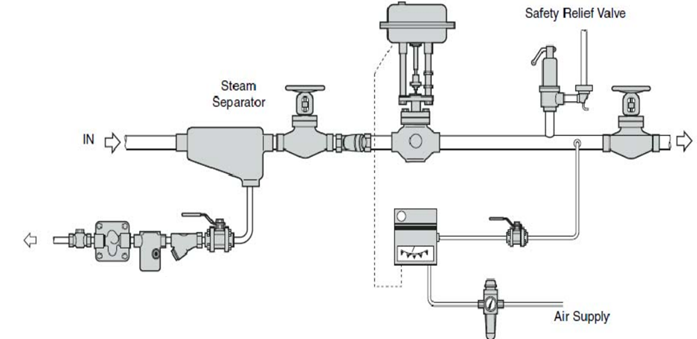A pneumatic valve is also known as directional control valves, the major function of a pneumatic valve is to switch airflow. These valves are capable to maintain the pressure. The range of pneumatic valves is vast and there are many categories of pneumatic valves. Pneumatic valves are categorized according to their style, type, design principle, type of operation, function, size, and application. The pneumatic valve can do the simplest function of switching a single flow path on and off, to the exacting proportional control of pressure and flow. The valves which are used in pneumatics mostly have control function, this can be described as the operation of the valve in any process or the controlling of a quantity. A control function requires control energy, we could know the control energy by the mode of actuation it can be manual, mechanical, hydraulic, or pneumatic.
What is pneumatics
Pneumatics can be described as the use of pressurized air to some mechanical motion. Pneumatics are also used in control valves, pneumatics has many applications in different industries. It also has other applications such as dentistry, construction, and mining. The fuel for pneumatic power is air.
How does a pneumatic control valve work
Pneumatically operated valves
Pneumatic control valves can decrease pressure in a controlled manner with the help of actuators and positioners with a controller to pilot them. Controllers are able to sense the pressure fluctuations and they can regulate the air supply signal to the pneumatic positioner. A pneumatic positioner would supply air to the diaphragm opening a valve. Springs are utilized as an opposing force causing the valves to close upon loss of or a reduction of air pressure applied on the diaphragm. Pneumatic control valves are widely used in many industries.

Post time: Mar-11-2022

